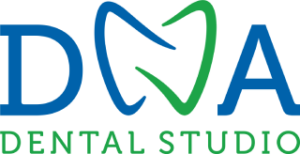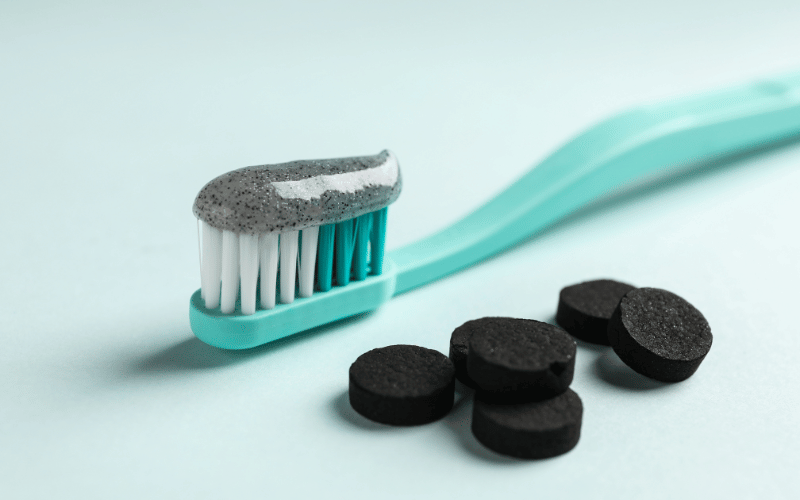Toothpaste tablets offer a convenient and eco-friendly alternative to traditional toothpaste tubes. These compact, solid tablets eliminate the need for plastic packaging and reduce the environmental impact of dental care.
They typically contain active ingredients similar to traditional toothpaste, such as fluoride for cavity protection and mint for fresh breath.
To use, one simply chews or crushes a tablet, then brushes with a wet toothbrush as usual. This innovative format is ideal for travelers, campers, and anyone seeking to minimize plastic waste.
Toothpaste tablets are gaining popularity due to their portability, effectiveness, and sustainability. With growing concerns about plastic pollution, these tablets provide a practical solution for maintaining oral hygiene while reducing environmental footprint.
How are Toothpaste Tablets Different from Traditional Ones?
Toothpaste tablets differ from traditional toothpaste primarily in their format and packaging. While traditional toothpaste is typically sold in plastic tubes, toothpaste tablets come in solid form and are often packaged in recyclable or biodegradable materials, reducing plastic waste.
Additionally, these tablets tend to have a more concentrated formula, allowing for a smaller, more portable package. In terms of usage, toothpaste tablets require chewing or crushing before brushing with a wet toothbrush, whereas traditional toothpaste is applied directly from the tube.
Despite these differences, both types of toothpaste usually contain similar active ingredients, such as fluoride for cavity protection and abrasives for cleaning teeth. Overall, toothpaste tablets offer a convenient and eco-friendly alternative to traditional toothpaste, appealing to those seeking sustainable oral hygiene solutions.
Environmental Impact of Traditional Toothpaste
1. Plastic Packaging: Traditional toothpaste typically comes in plastic tubes, contributing to plastic pollution when disposed of improperly. Many of these tubes need to be recyclable due to the combination of materials used.
2. Carbon Emissions: The production and transportation of traditional toothpaste tubes contribute to carbon emissions, especially if the manufacturing process involves energy-intensive procedures or long-distance shipping.
3. Toxic Ingredients: Some traditional toothpaste formulations contain chemicals that can harm the environment if they enter waterways through improper disposal or wastewater runoff. These chemicals may include artificial colors, preservatives, and microplastics.
4. Water Usage: The production process of traditional toothpaste requires significant amounts of water for ingredient mixing, tube manufacturing, and cleaning processes, contributing to water scarcity issues in some regions.
5. Landfill Waste: Empty toothpaste tubes often end up in landfills, where they take a long time to decompose, further contributing to environmental pollution and land degradation. Additionally, toothpaste residue left in the tubes can contaminate soil and groundwater.
Benefits
1. Reduced Plastic Waste: Toothpaste tablets typically come in minimal or plastic-free packaging, helping reduce the environmental impact of traditional toothpaste tubes.
2. Portability: Their compact size and solid form make these tablets ideal for travel or on-the-go use, eliminating the risk of spills and TSA liquid restrictions.
3. Longer Shelf Life: With their solid form, toothpaste tablets often have a longer shelf life than traditional toothpaste, which can dry out or expire more quickly once opened.
4. Precise Dosage: Each tablet contains a pre-measured amount of toothpaste, ensuring consistent and effective oral hygiene without the risk of overusing or underusing the product.
5. Variety of Flavors: Toothpaste tablets come in various flavors, appealing to multiple preferences and providing options beyond the limited choices of traditional toothpaste.
Potential Drawbacks
While toothpaste tablets offer several benefits, there are also potential drawbacks to consider:
1. Texture and Taste: Some users may find the texture or taste unpleasant, mainly if they are accustomed to the texture and flavor of traditional toothpaste.
2. Choking Hazard: These tablets are solid and require chewing or crushing before use, which could pose a choking hazard, especially for young children or individuals with swallowing difficulties.
3. Cost: Toothpaste tablets may be more expensive upfront than traditional toothpaste, although the long-term cost-effectiveness can vary depending on brand and usage frequency.
4. Accessibility: Toothpaste tablets may not be as readily available as traditional toothpaste in all areas, limiting accessibility for some consumers who prefer this format.
5. Ingredient Sensitivities: Some individuals may have sensitivities or allergies to certain ingredients found in toothpaste tablets, such as fluoride or mint flavoring, which could lead to discomfort or adverse reactions.
How to Use Toothpaste Tablets?
1. Chew or Crush: Place a toothpaste tablet in your mouth and chew it thoroughly until it becomes a fine powder. Alternatively, you can crush the tablet using a mortar, pestle, or other suitable method.
2. Wet Toothbrush: Moisten your toothbrush with water to prepare it for brushing.
3. Brush Teeth: Dip your wet toothbrush into the powdered toothpaste or apply the crushed tablet directly onto the bristles.
4. Brush as Normal: Proceed to brush your teeth as you would with traditional toothpaste, ensuring you cover all surfaces of your teeth and gums.
5. Rinse: After brushing, rinse your mouth thoroughly with water to remove any remaining toothpaste residue.
6. Store: You can store the remaining toothpaste tablets in a dry, airtight container to keep them fresh and protected from moisture.
Using toothpaste tablets follows a similar routine to regular toothpaste, with the main difference being the initial step of chewing or crushing the tablet before brushing.
Final Words!
In conclusion, tablets are a promising alternative to traditional toothpaste, offering eco-friendly packaging, portability, and precise dosage. While they may have drawbacks, such as taste preferences and accessibility, their benefits in reducing plastic waste and promoting sustainable oral hygiene are significant.
As we strive for a greener future, brands like DNA Dental Studio Glendale can lead the way by incorporating toothpaste tablets into their dental care offerings. Embrace the future of oral hygiene with DNA Dental Studio and switch to toothpaste tablets today for a brighter, healthier smile tomorrow!

